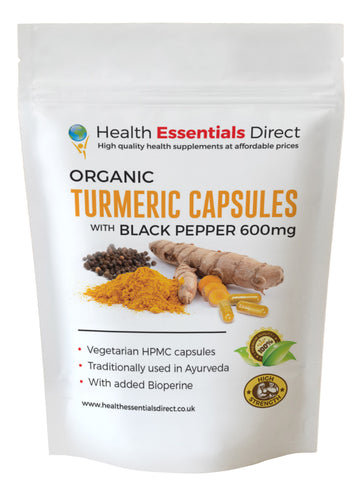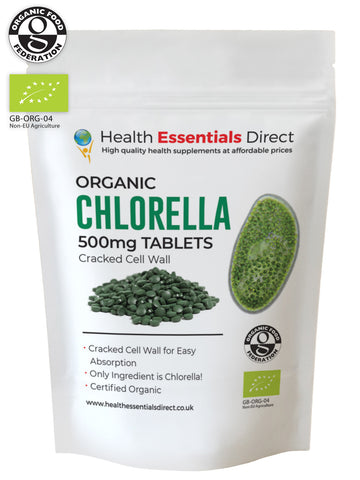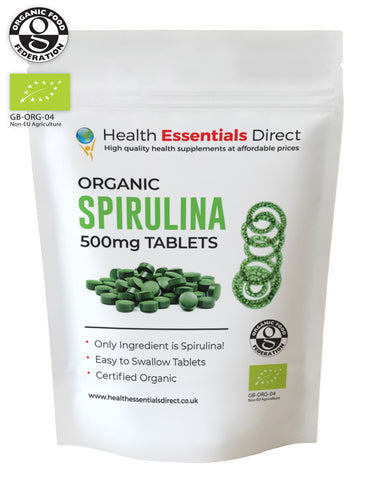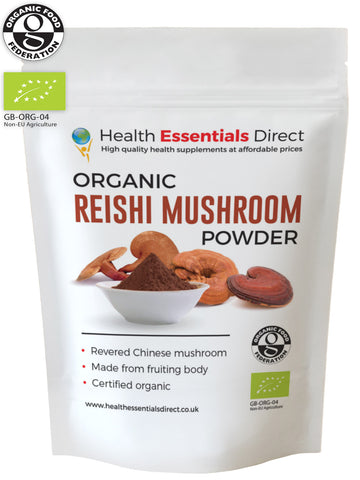Organic Amla Powder (Indian Gooseberry)
12Certified Organic Amla Powder (Indian Gooseberry)
-
Certified Organic By The Organic Food Federation
-
Traditionally Used in Ayurveda
-
Guaranteed Highest Quality
About Amla Powder
The amla tree (Emblica officinalis) is the parent plant that produces the amla fruit, the source of amla powder. Alma has a characteristic sour bitter taste. The word “Amla” means sour in Hindu. Some people use honey or lemon to wash down the bitter sour taste left behind after one eats the fruit. Amla powder is obtained after the fruit has been harvested, dried, and ground. Amla fruits are also referred to as Indian Gooseberry since they resemble the popular gooseberry in many ways. The fruits have an even spherical shape similar to that of a marble. In Sanskrit, they are known as Amalaki. Alma powder is obtained when, firstly, hot air is blown over the harvested Amla fruits to ensure that they don’t turn black during drying. Secondly, the fruits are sun-dried in an open place until the fruits detach. Finally, the seeds are then removed and the dried fruit is ground to a fine powder. The amla fruit is harvested by hand once one climbs the amla tree. Amla is cultivated in the highest amounts in the Indian subcontinent. It also grows well in tropical and sub-tropical climates in the regions of Sri Lanka, Southeast Asia, and Malaysia. It is quite common to find people consuming amla fruits in their raw form in these regions. Amla fruits have a relatively short shelf life hence the need to take them in fresh form. Sometimes it is soaked in water that has salt and turmeric to preserve it and hence enables it to last longer. Also, people soak it in salty water and red chilli to beat the sour astringent taste as they take it.
The amla tree’s height ranges from 1-8m. Its branches are hidden with very broad leaves which are dull green in colour. Their flowers are yellowish. The berries are light green in colour with a fairly hard stripped exterior. Amla trees thrive best at high altitudes. Tropical conditions favour the growth of Alma trees. They are usually cultivated using seeds. They ought to be exposed to enough sunlight when they are growing. During the monsoon, irrigation is carried out to ensure that they receive sufficient amounts of water for their growth. Amla trees can do well in both calcareous and clayey loam soils. They can easily adapt to survive in dry environments or areas with slightly alkaline soils. Young amla plants are quite delicate and therefore they have to be watched closely, particularly from hot winds which could easily destroy them. Fruiting begins to take place 5-7 years from the day the seeds are planted. The fruits have an appealing look at the onset of ripening. They have a smoothly curved surface with six vertical stripes running across their surface. They begin to turn greenish-yellow in coluor as their texture hardens immediately after they are harvested and dried.
The amla fruit has a rich history which spans over more than 5000 years. The fruit is especially held in high regard in Hindu mythology. Indian natives believed that the fruit emerged from drops of Amrita that were dropped on earth by accident after there ensued a fight between gods and demons. Amrita is holy nectar with huge religious significance. The locals also believed that the first tree to ever exist on earth produced the Alma berry. The fruit still plays a key role in religious rites and ceremonies to date. Also, in the World War II era, Indian soldiers were fed with powder and candies made from amla powder to provide them with strength and vigor during battle. We recommend starting with 1/4 a teaspoon a day and then working your way up to 2 teaspoons over the course of 2 weeks, can be used in hot or cold water, in juices or smoothies or food. This can also be used externally as a moisturiser or as a hair conditioner
- Please note it is against MHRA guidelines for us to talk about any potential health benefits for this supplement however a quick google search on the potential benefits and you may be surprised.
How To Use
Share this Product
- Reviews
- Questions
Good service.
Good service Product Amla powder is good .







